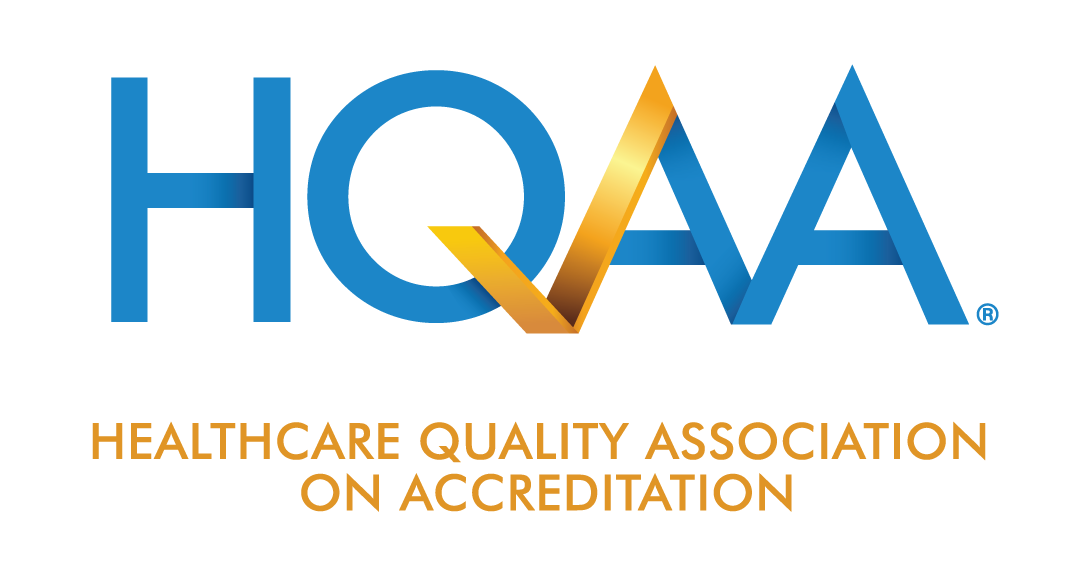
In healthcare and the healthcare workplace, competency assessment has become crucial to ensuring employees—particularly those providing direct patient care—have the necessary training and skill to do their job and care for their patients.
For DMEs that provides medical equipment and supplies to patients, this concept of assessing and maintaining staff competence is crucial, and sometimes misunderstood.
Its important to realize that the measurement of your staff’s competence should be an ongoing process that starts at the time of hire and continues throughout their employment.
Here are 4 best practices for managing DME employee competence:
1. Start assessment at the time of hire. A comprehensive competency program should include assessment of staff’s abilities and skills at the time of hire. This portion of your program might include a “check-off” list of tasks that the employee will be performing.
Peers or supervisors need to observe the tasks to ensure that the new employee is capable of performing them. While a typical DME company’s delivery technician might perform dozens of different deliveries and equipment setups, there are most likely several that are more common, more problem-prone, more invasive, or more difficult. Identify these and require that observation of the tasks is performed prior to sending the new staff member out into the field on his or her own.
It is very important to ensure that staff is competent prior to letting them work alone in the field. It is equally important to make sure that this competency is assessed on an ongoing basis to make sure staff keeps their skills sharp and maintains their product and skill knowledge levels. To that end, ongoing assessment activities should be planned at regular intervals.
2. Host an annual "skills fair." Some organizations benefit from having an annual “skills fair” wherein all staff with direct patient contact has their competency assessed through observation, testing and check offs. These annual events might include education, in-service programs, and finally, direct observation of the required tasks.
For instance, if staff sets up equipment and is expected to teach patients and caregivers, they might be required to do a “mock setup” using fellow staff members as patients while a peer or supervisor observes. Clinical staff can demonstrate for each other, their peers and their supervisors that their clinical skills are sharp and well maintained. They can demonstrate by performing the task on each other, as long as the task is not invasive.
3. Have staff do "ride-alongs." Another option—perhaps the best direct indication of a staff member’s skill—is to have staff do “ride-alongs” whereby peers or supervisors ride along with each other and observe demonstration of their job duties with actual patients. These ride-alongs become great learning opportunities. Many organizations prefer to use peers to do these ride-alongs, so that the staff members feel comfortable and benefit from learning best practices from each other.
While it's impossible to watch them do every single task they perform throughout their workdays, try to pick select tasks that are the most complicated or problem prone. For instance, watch them set up an oxygen patient and do that instruction, rather than observing them deliver soft good supplies to an existing patient. Provide staff with checklists that outline the steps and important features of a given delivery or task, so they know what is expected and so staff watching the delivery or task are looking at how they do in a consistent manner.
4. Provide ongoing education and in-service training. Make sure to “teach” new procedures to all existing and new staff. Include standard in-service education for information that you deem important to reinforce. But don’t just rely on a few subjects repeated year after year. Introduce new topics and bring in guest speakers, sales reps and outside folks from the community to help spread the message and foster continuing education.
Design your competency program to meet the needs of your staff, your individual organization and to reflect your company’s mission. Make sure all staff participates whether they are full-time, part-time, per diem, contracted, new to the field, or "seasoned." All staff need to have their competence assessed on a regular basis. Your DME customers depend upon it.



